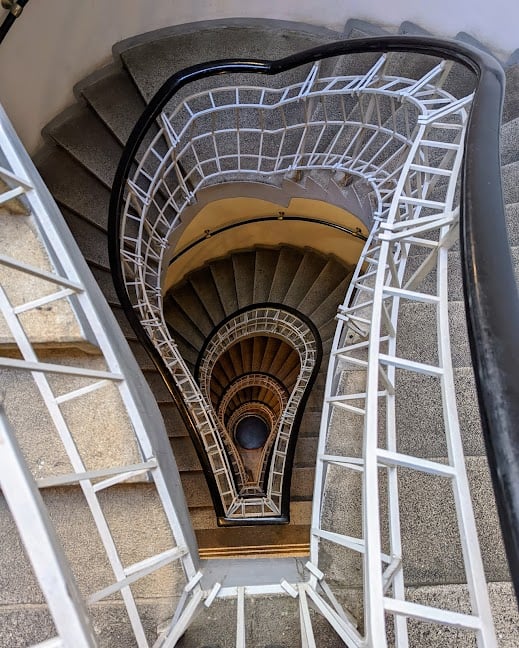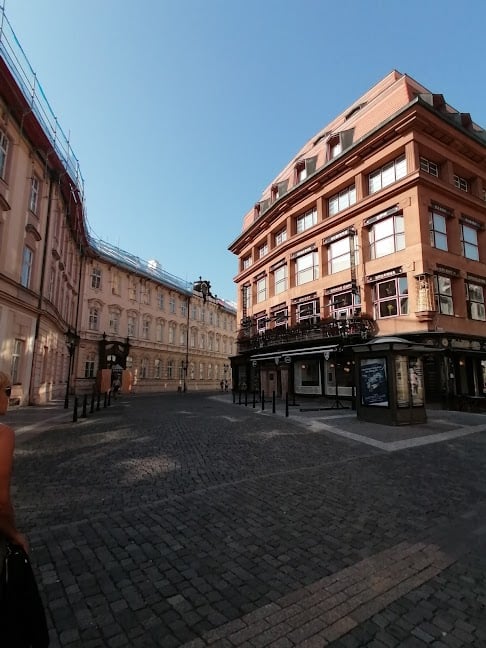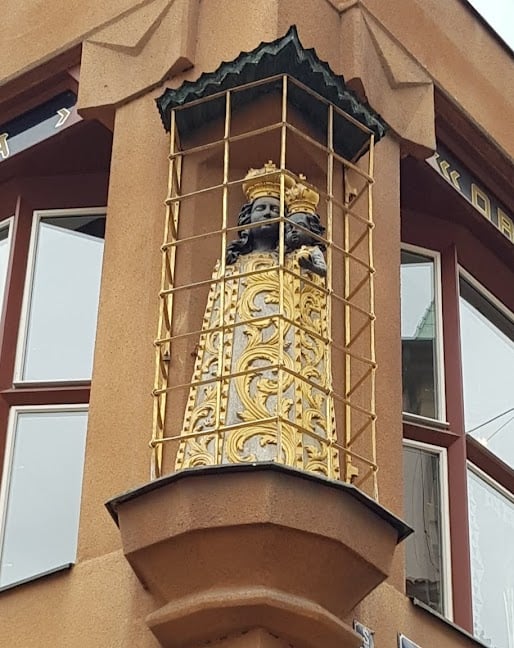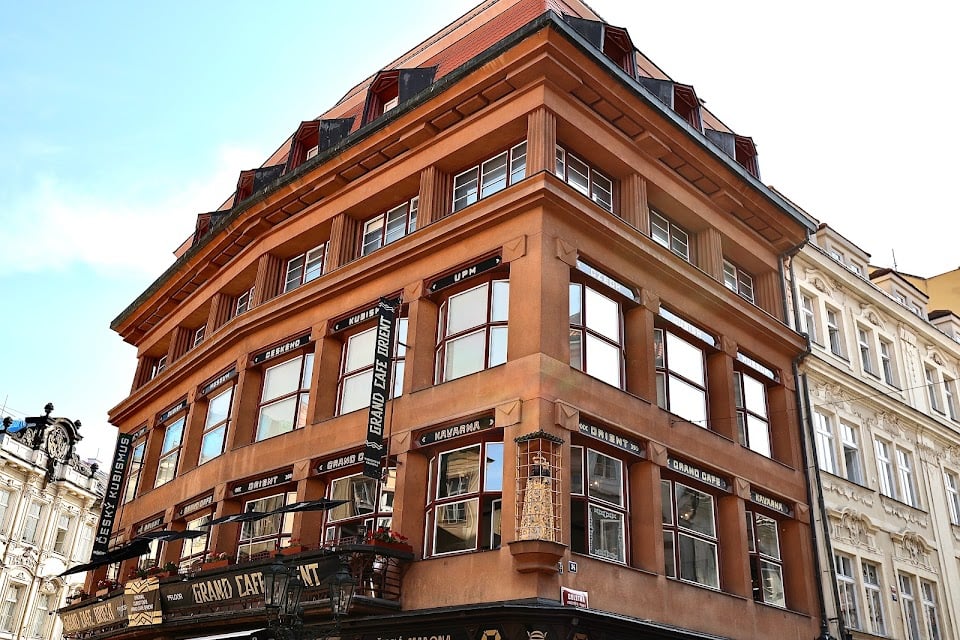The House at the Black Madonna





What people say
Pedro Pereira
Available for hire
"The House of the Black Madonna (Czech: Dům U Černé Matky Boží) is a notable cubist building located in the Old Town of Prague, Czech Republic. Designed by architect Josef Gočár, the building was completed in 1912 and is renowned for being the earliest example of cubist architecture in Prague. The structure is named after a baroque sculpture of a Black Madonna that adorns its facade, a remnant from a previous building on the site.
Gočár, at just 31 years old when he designed the house in mid-1911, was commissioned by wholesale merchant František Josef Herbst. Herbst chose Gočár due to his success with the modernist Wenke Department Store, built between 1909 and 1911. The demolition of the earlier baroque building was met with controversy, and Gočár's modernist designs faced scrutiny from the historical buildings authority. To address concerns about harmonizing with the historic environment, Gočár incorporated baroque forms into his design. Ultimately, the Prague City Council approved the plans on August 4, 1911.
The building features a reinforced-concrete skeleton, drawing inspiration from the Chicago School of architecture. This innovative construction method allowed for expansive interior spaces without the need for ceiling supports, aligning with the aesthetics of Cubism. The first-floor café, notable for its lack of interior pillars, was a significant engineering achievement for its time.
Initially, the ground and second floors housed Herbst's department store and café, while the upper floors were residential apartments. However, the department store closed in 1922, leading to the conversion of the first two floors into bank offices. In 1941, further modifications were made by functionalist architect V. Kubik, who replaced the wooden frames of the ground-floor windows with steel. During the communist era, the building was repurposed as office space for the National Enterprise Exhibition.
In 1994, the House of the Black Madonna underwent a comprehensive renovation and was transformed into a center for Czech art and culture. Following additional renovations between 2002 and 2003, it became home to the Museum of Czech Cubism, operated by the Prague Museum of Decorative Arts. The second and third floors host a permanent exhibition of Cubist art, while the upper floors are designated for temporary exhibitions and workshops. During the restoration, black-and-white photographs from 1912 were utilized to recreate the café's original decor, including replicas of furniture and brass chandeliers, reviving the establishment and showcasing Czech Cubism to visitors."
Read more in:
sara shepherd
Available for hire
"This building is the highlight of cubist architecture in Prague and has a cafe so you can go inside and get a really good feel of the space (It is also a museum but I didn't go) I reckon it's a must-see just for the crazy staircase... lots of tourist eating the desserts designed to fit the style of the building... they looked pretty good as well.. "
Jennifer Hum
Available for hire
"2:30 PM - This is a Cubist building with a museum that has exhibits featuring Czech Cubism. I mainly wanted to see those cool stairs! "
Read more in:
Mentioned in these guides
About The House at the Black Madonna
Get the inside scoop on The House at the Black Madonna from local experts, travel creators, and tastemakers. Browse genuine trip notes, The House at the Black Madonna reviews, photos, travel guides, and itineraries from real travelers and plan your trip with confidence.
Website
Phone
Save this spot for later or start mapping out a new trip today
Try our AI Travel Assistant and get instant answers to any questions about your trip.
Ask ThatchGPT


